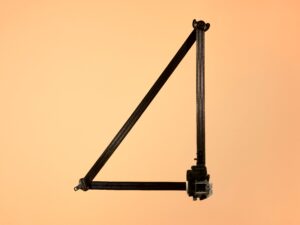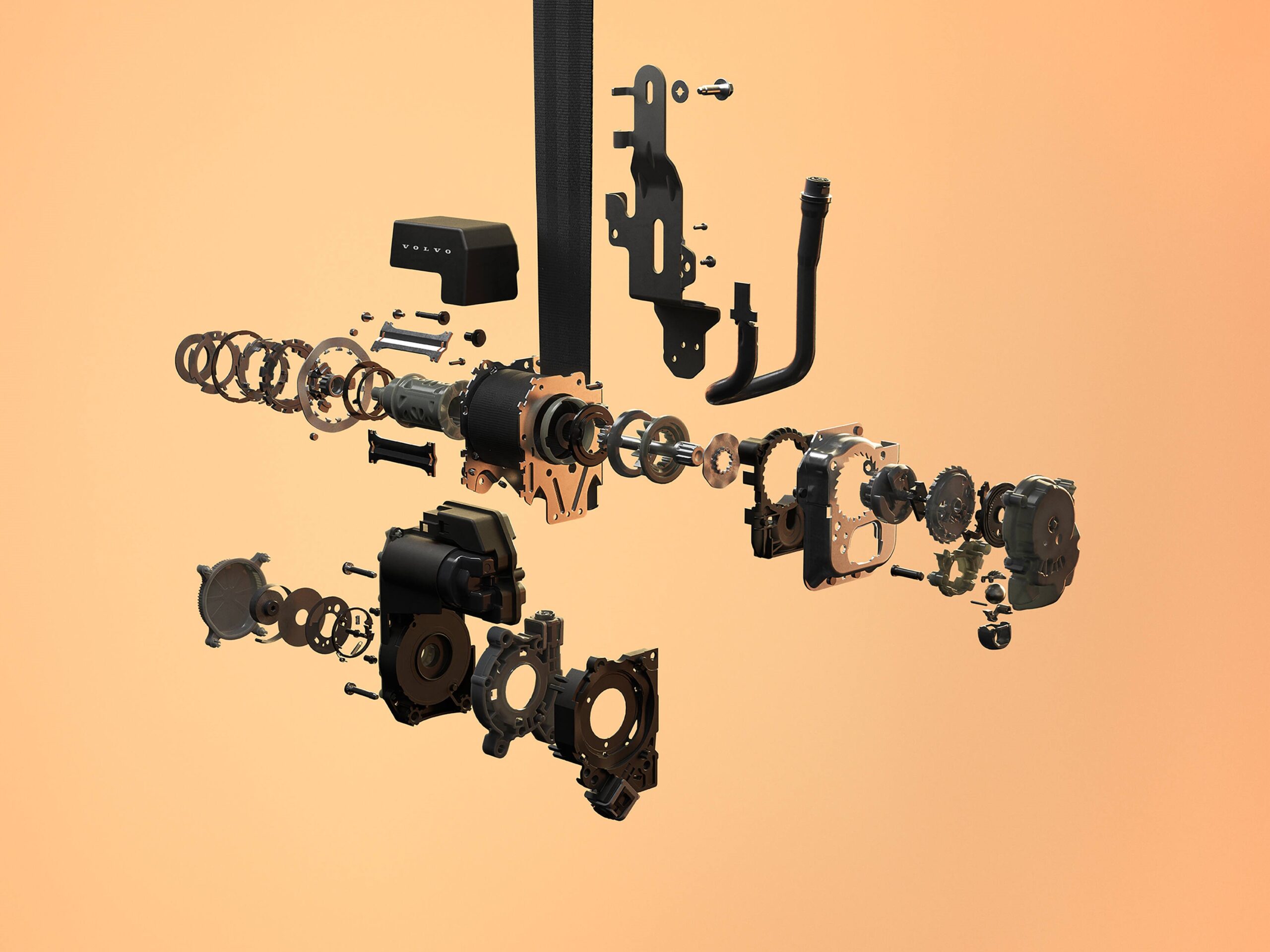
Volvo reveals new seatbelt that adapts to the wearer and traffic
By onTechnology
Volvo plans to introduce a new seatbelt in 2026 that adapts to traffic variations and the person wearing it via real-time data.
The fully electric Volvo EX60 will be the first vehicle equipped with the multi-adaptive seatbelt, according to a news release.
“The new multi-adaptive safety belt can use data input from interior and exterior sensors to customise protection, adapting the setting based on the situation and individual’s profiles, such as their height, weight, body shape, and seating position,” the release says. “For example, a larger occupant in a serious crash will receive a higher belt load setting to help reduce the risk of head injury. While a smaller occupant in a milder crash will receive a lower belt load setting to reduce the risk of rib fractures.”
“The world’s first multi-adaptive safety belt is another milestone for automotive safety and a great example of how we leverage real-time data with the ambition to help save millions more lives,” said Åsa Haglund, head of Volvo Cars Safety Centre, in the release. “This marks a major upgrade to the modern three-point safety belt, a Volvo invention introduced in 1959, estimated to have saved over a million lives.”
Volvo uses knowledge from more than five decades of safety research and a database of more than 80,000 occupants involved in real-life crashes to improve safety, the release says. The belt was tested and further developed at the Volvo Cars Safety Centre crash lab.
Modern seatbelts use load limiters to control how much force is applied to the body during a crash, the release says. Volvo’s new seatbelt expands the load-limiting profiles from three to 11 and increases the possible number of settings, enabling it to optimize performance for each situation and individual.
“Unlike traditional systems, the new multi-adaptive safety belt can utilise data from different sensors, including exterior, interior, and crash sensors,” the release says. “In less than a blink of an eye, the car’s system analyses the unique characteristics of a crash — such as direction, speed, and passenger posture — and shares that information with the safety belt. Based on this data, the system selects the most appropriate setting.”
As Volvo vehicles gather more data and insights, over-the-air software updates can be used to improve safety, the release says.
The release does not discuss what repair procedures are needed for the seatbelt following a collision.
Currently, many OEMs require diagnostic scanning, safety system calibrations and explicate safety system inspections following collisions.
Images
Feature and embedded photos courtesy of Volvo.

